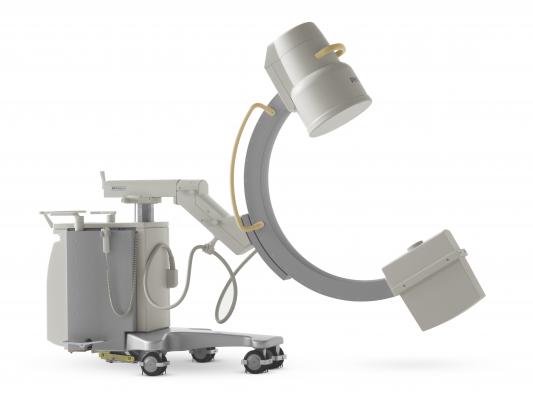
Life Science Industry Research adds 2-D X-ray Equipment: Market Shares, Strategies, and Forecasts, Worldwide, 2015 to 2021, research report that says use of portable (mobile) devices is expected to enhance the business opportunities in the Global 2-D X-ray market.
2-D X-Ray Equipment: Market Shares, Strategy, and Forecasts, Worldwide, 2015 to 2021, the 2015 study, has 256 pages, 109 tables and figures. Worldwide 2-D X-ray equipment markets are increasingly diversified, poised to achieve significant growth as new technology breathes new life into a saturated market, forcing every facility to upgrade its existing x-ray equipment to have digital and therapeutic capability.
According to the study, 2-D imaging devices include those used in cardiac X-ray, cath lab, angioplasty, mammogram, general radiology, portable X-ray, surgical c-arm and fluoroscopy suites X-ray equipment by sectors. Mammography and interventional radiology are among the growth segments in the market. Portable devices are gaining favor in many clinical areas.
Consideration of the 2-D X-ray equipment market forecasts indicates that markets at $5 billion in 2014 will reach $16.9 billion by 2021. Growth comes as the aging of the population increases demand for diagnostic and therapeutic equipment, as the major underdeveloped regions, particularly China build out improved health care facilities, and as improved diagnostics and therapeutics available from the 2-D X-ray equipment create increased demand from clinicians for modern equipment.
Any hospital that wishes to remain competitive needs to invest in new 2-D X-ray equipment. As patients become more conscious of the risks associated with radiation doses. They increasingly demand the lowest dose available and will shop around until they find a hospital that suits their needs. Clinicians and providers are the same way.
Worldwide digital X-ray applications are implemented with different technologies. Portability has become a major market factor. Products are customized to fit the needs of the clinician end user. Price and geography play a major part in the market. They are positioned in the market by application.
Growth is anticipated based on technological advances, government investment, aging population, increase in disease prevalence, and the increasing competition from larger numbers of systems being approved. X-ray technology is far less expensive and results in as much as 400 times less dosage to the patient than a CT scan.
As hospital budgets remain constrained, hospital administrators prefer the workflow improvements brought by modern digital X-ray equipment. The high capital cost of MRI and CT scans work against further investment in those technologies. There is a significant installed base, the large capital outlays for MRI and CT have been made, so now the issue becomes efficacy and radiation dose to the patient. Imaging equipment investment works in favor of modern digital x-ray equipment that offers significant workflow improvements and significantly more clear images.
Maximizing patient care by lowering the radiation dose and minimizing cost-of-ownership in working in favor of further investment in X-ray equipment. By improving workflow, modern digital x-ray systems improve the quality of care delivery.
Many studies show that the CT equipment and MRI equipment is over used. Insurers are beginning to clamp down on this further driving investment in X-ray equipment.
For more information: www.researchandmarkets.com


 April 16, 2024
April 16, 2024 








